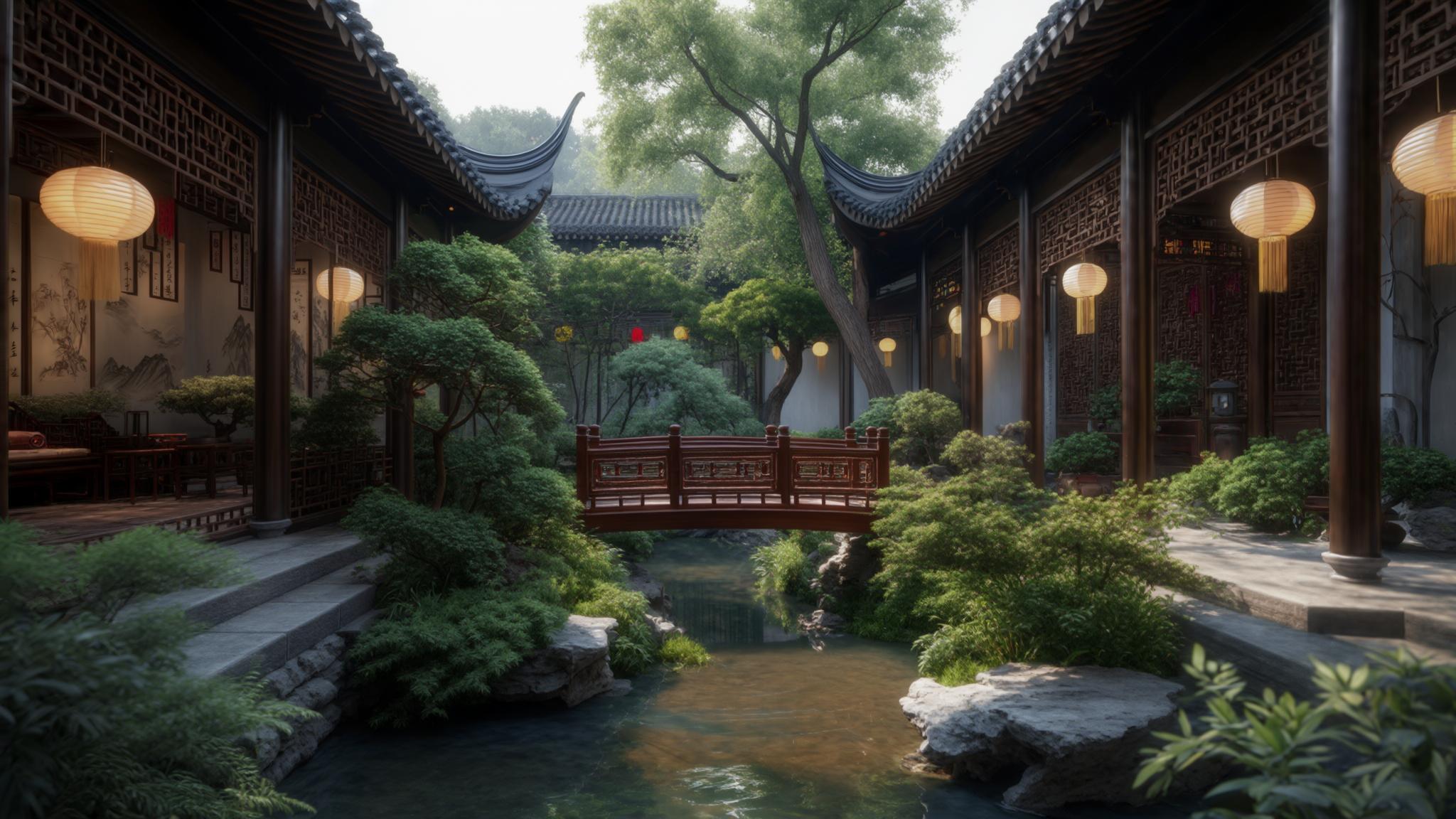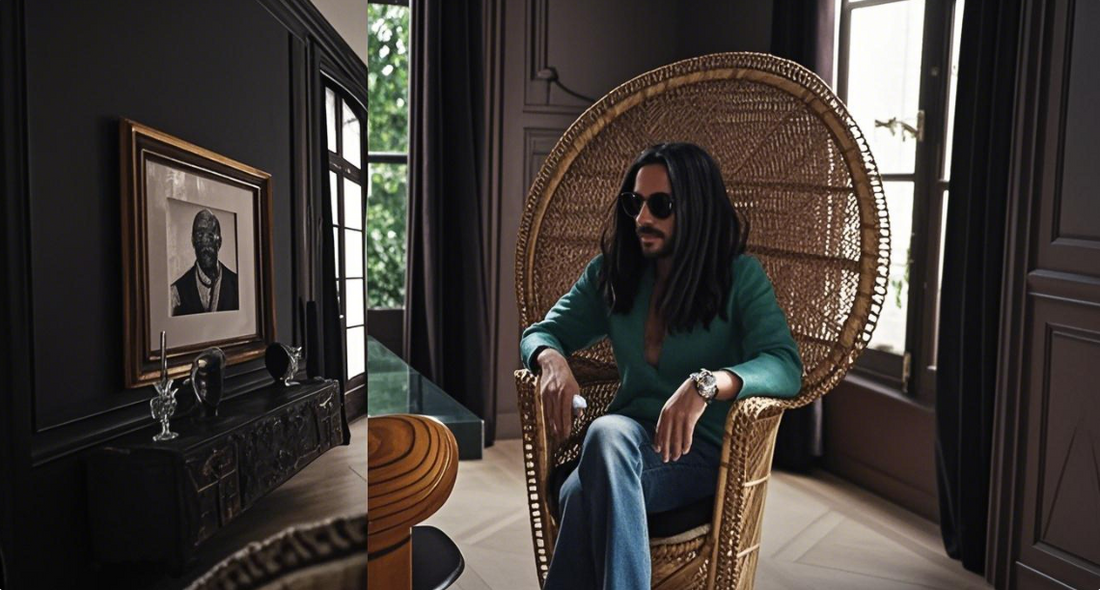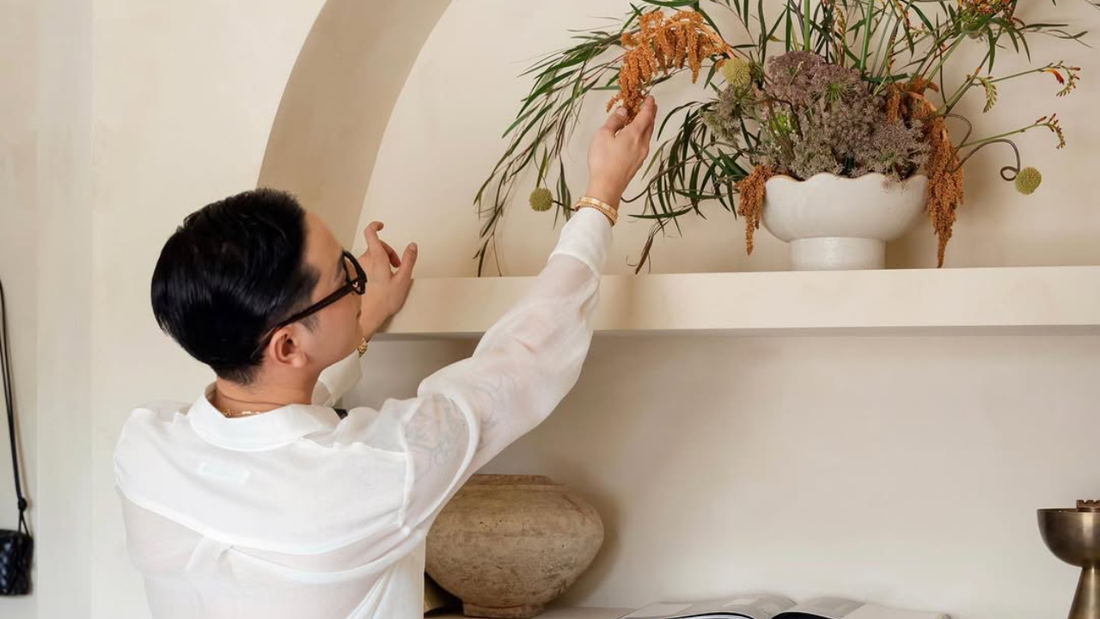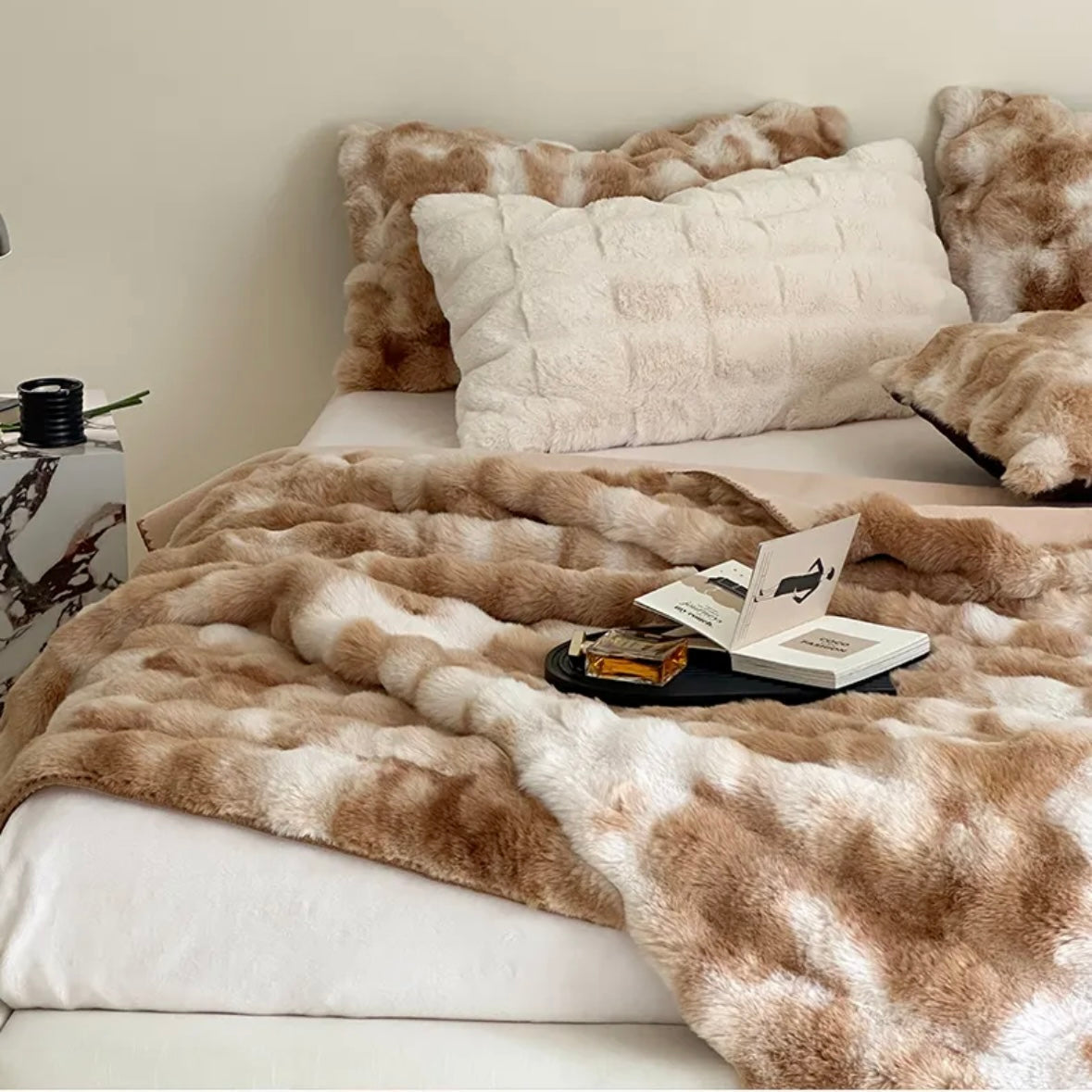Transform Your Home with Chinese Garden Design Principles
Creating a harmonious and inviting home is an art form, and who better to learn from than the ancient Chinese masters of garden design? Their timeless principles, rooted in balance, mystery, and natural beauty, can be seamlessly adapted to modern interiors. Whether you're decorating a cozy apartment or a spacious living space, these techniques will help you transform your space into a serene retreat.

In classical Chinese gardens, spatial composition follows a deep aesthetic philosophy. Concepts such as enframed scenery, opposite scenery, and borrowing scenery create visually harmonious and immersive spaces. Surprisingly, these principles are just as applicable to modern interior design. By integrating them thoughtfully, we can craft interiors that feel layered, intriguing, and naturally elegant.
By incorporating key home products such as thick blankets, artisan rugs, and elegant table lamps, you can elevate both style and functionality. Let’s dive into how these ancient principles can inspire your home decor.
1. Enframed Scenery ( 框景): Framing the Perfect View
In traditional Chinese courtyards, a beautiful garden is often framed by a doorway, creating a view that looks like a painting. This concept can be applied to home decor by strategically positioning wall art, indoor plants, or fabric accents within framed spaces such as archways or windows.

How to Achieve This Look at Modern Home:
- Place a decorative lamp or artwork where it can be seen through a doorframe. This creates a visually pleasing focal point.
- Arrange lush greenery or statement furniture at the end of a hallway to give depth to your space.
- Use a curved mirror or an arched bookshelf to create a “window-like” framing effect indoors.

By thoughtfully framing decor elements, you can craft picturesque views within your own home, making each room feel intentional and visually dynamic.
2. Opposite Scenery ( 对景): Achieving Balance Through Contrast
In classical Chinese gardens, if a pavilion stands in the middle of a lake, it might look out of place. But when there is a hall on the opposite side, the two structures balance each other. This idea applies beautifully to home design: balance can be created by positioning objects along central or diagonal lines, ensuring variety in form while maintaining harmony in color and material.

How to Use This in Your Home:
- Pair contrasting furniture pieces (e.g., a rounded ottoman with a sleek rectangular coffee table) to create a sense of balance.
- Use color mirroring, such as placing beige cushions on a brown sofa while incorporating brown-toned wall decor nearby.

By deliberately setting up contrasting elements, your space gains depth and symmetry, making it feel both structured and inviting.
3. Obstructive Scenery ( 障景): The Beauty of Hidden Spaces
Not all beautiful views should be revealed at once. In Chinese gardens, large rocks or walls block direct views, creating curiosity and a sense of discovery. Similarly, a home should not reveal everything in a single glance. Instead, by using screens or partitions, you can bring layers to your living home, making it feel more intimate and engaging, adds depth and movement to your home, encouraging exploration and appreciation of different corners of the space.

Ways to Apply This Concept:
- Use a folding screen or a tall bookshelf to partially separate living and dining areas, creating a sense of mystery.
- Arrange indoor plants or decorative shelving near an entryway to guide the eye gradually through the space.
- Opt for textured curtains that subtly obscure the view into another room while adding softness to the decor.

4. Vista Line ( 夹景): Leading the Eye to a Focal Point
A simple path can become extraordinary when framed by fences or trees that lead the eye toward a stunning focal point. Indoors, hallways and corridors can also be transformed by directing attention toward a striking decor element at the end of the space.

How to Implement Vista Line in Your Home:
- Place a statement artwork, a sculptural lamp, or an elegant vase at the end of a hallway.
- Arrange runners or rugs in a way that leads toward a focal point, such as a cozy reading nook.

5. Mirror Scenery ( 映景): Doubling the Beauty
Reflection plays a major role in traditional Chinese gardens, where water surfaces mirror the surrounding landscape, creating a dreamlike effect. Mirrors, glass, and polished surfaces can bring this concept indoors, adding brightness and the illusion of a more expansive space.

How to Use Mirrors Creatively:
- Position a large mirror opposite a window to reflect outdoor greenery into the room.
- Use mirrored furniture or glossy decor elements to enhance the sense of openness.

6. Leaking Through Scenery ( 漏景): Playing with Light and Shadows
Instead of revealing everything at once, traditional Chinese gardens create mystery by allowing glimpses of beauty through intricate lattices or carved screens. This can be replicated indoors by using materials that allow light and shadows to play across surfaces, which is bringing a poetic and elegant atmosphere to any home, making it feel intimate yet intriguing.

How to Achieve This Effect:
- Choose semi-transparent curtains to create a soft, layered ambiance.
- Opt for perforated or lattice-patterned furniture that subtly reveals and conceals at the same time.
- Use shadow-casting pendant lights to create depth and visual interest at night.

7. Borrowing Scenery ( 借景): Bringing the Outdoors In
Chinese garden designers often use the surrounding landscape as part of their composition. By framing mountain views or distant trees, they extend the perceived space. The same can be done in home decor by incorporating outdoor elements into your indoor environment. By making nature part of your interior, your home will feel more organic, serene, and connected to the outside world.

How to Borrow Scenery in Your Home:
- Arrange furniture so that it faces a beautiful window view.
- Use earthy tones and natural materials (such as wooden furniture, woven rugs, and ceramic vases) to blur the line between indoors and outdoors.
- Position potted plants near windows to integrate greenery into your space.

Bringing Ancient Wisdom into Modern Homes
Traditional Chinese courtyard aesthetics hold timeless wisdom that effortlessly translates into modern home decor. By applying these principles, framing views, balancing contrast, layering obstructions, directing attention, playing with reflections, and borrowing from nature, you can curate a living space that is both artistic and harmonious.
With the right combination of decorative screens, lighting, textiles, rugs, plants, and mirrors, your home can reflect the depth and elegance of a classical Chinese garden while maintaining a cozy, contemporary feel.







